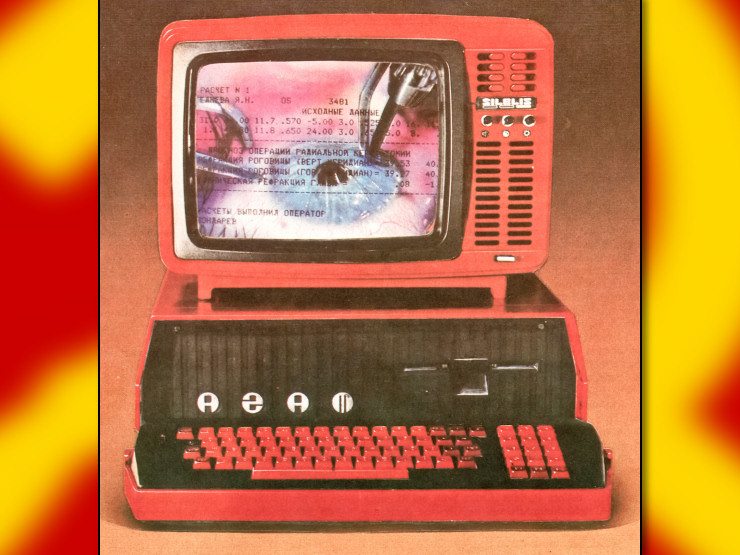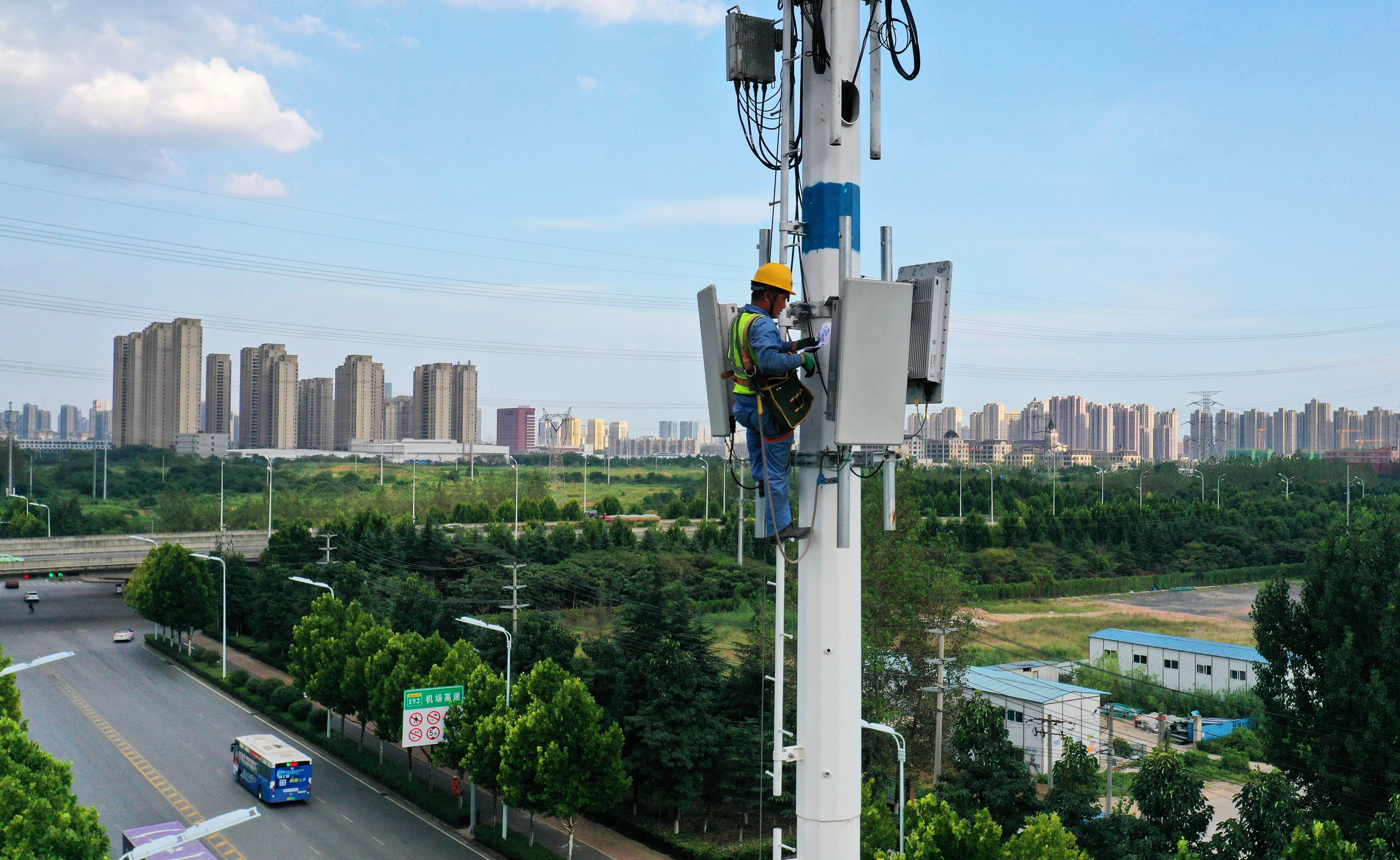- cross-posted to:
- technology@lemmy.ml
57
- cross-posted to:
- technology@lemmy.ml
Fragmenting technology – 6G mobile could divide the world
merics.orgIn the second of a series of articles about China’s role in shaping the future of the internet, Jeroen Groenewegen-Lau says global technology standards could be a thing of the past. There is a risk the next mobile internet standard, 6G, won’t be one that spans the world. The US and a growing number of governments want to avoid a repeat of the globally applicable 5G, which saw Chinese equipment makers Huawei and ZTE solidify a large share of the global market before major cybersecurity concerns about them arose. The US has banned its high-tech firms from exporting 5G technology to Huawei and recently broadened the restriction to include most other technologies as well. Pressure on Europe to clarify its position will intensify as the proposed deadline for 6G standards approaches, around 2025. Failure to agree on a joint standard would bring internet decoupling to a new phase. Global markets for digital hardware have already fragmented, with China and the West creating de facto barriers for each other’s vendors in their home markets. National security concerns for governments have grown with the increasing ubiquity of the mobile internet and the China-US tech rivalry. Markets look set to become even more divided – between those dominated by Huawei and those in which Chinese vendors will not be considered for core functions. In such an increasingly fragmented commercial world, the incentives to find agreement on joint standards will gradually fade. At worst, consumers might ultimately need different smartphones for different parts of the world – and companies different devices for the nascent internet of things (IOT). None of the IOT-devices designed for use in the US or the EU would work if plugged into a similar network that follows, say, a Chinese standard. The result would be the costly purchase of new devices or tricky modifications and workarounds. Like the standards before it, 6G is an umbrella term for a host of technologies. To serve faster and more precisely, 6G will use more radio frequency bandwidth, require specialized computer chips and employ artificial intelligence. This will increase the complexity of ensuring network security. Roadmaps envision the new network to be deeply integrated with cloud services and hooked up to non-terrestrial entities, including aircrafts, drones and satellites. The goal is to enable features like sensing, scanning and precise positioning – and the potential for new forms of government surveillance is already a cause for concern. Beijing already sees 6G as a race to set the next standard But as most states don’t have the power to dictate their own standards, complete fragmentation of 6G is unlikely. A more likely scenario will see two blocks forming – a Western one around US leadership and another one following China’s lead. Chinese commentators already see “the race for 6G” developing along these lines, with the US undermining China’s hard-earned lead in internet equipment. They point to the US-led Next G Alliance, which is open to European but not Chinese vendors (Huawei’s US subsidiary Futurewei is the exception). It has signed MOUs with European, Japanese and South-Korean counterparts. In response, a think tank affiliated with the Chinese Ministry for Industry and IT has argued, China should launch its own international research and development association to win over Europe. Telecoms giant China Mobile appears to think the future is still open. According to a spokesperson, it was still unclear whether there would be a single global standard for 6G and collaborations with Europe, Japan and South Korea continued with “an open attitude.” China’s IMT-2030 (6G) group last year signed an MOU with Europe’s 6G-IA industry alliance. Should these options fail, China has a large enough market to go it alone – and sufficient experience. The Beijing has a track record for pushing homegrown standards incompatible with international ones, such as TD-SCDMA for 3G, which proved to be a competitive liability for China Mobile, and LTE for 4G, which was adopted early and shaped after a happier pick by the company. But there is still a fair chance that a single 6G standard can be reached. China prefers a global standard that would allow its firms to continue competing globally. Everyone recognizes one global standard would be best And the signs are that the US does, too. In 2020, Washington allowed US companies to join meetings on 5G standards despite Huawei’s presence. The standard-setting process at these meetings is designed to focus exclusively on proposals’ technical benefits – and companies that get to lead the process welcome the potential economies of scale. But it would be naïve to assume that companies alone will decide the outcome. Politics has become central to the process and standard setting is an increasingly lively arena of the US-China tech war. This has turned Europe into a meeting ground for the US and China to jockey for alliances. To avoid getting pulverized between the two, Europe needs to develop a consistent strategy. It should aim for a global 6G standard – but only if it serves Europe’s internet-governance principles and interests. Europe’s insistence on privacy and empowerment of internet users—as laid out by its Digital Decade Principles - puts it at odds with China and the US. Standards should also be consistent with Europe’s efforts to improve supply chain security. Coordination between European stakeholders should be intensified to present a united position on these issues at global standard-setting meetings. This approach builds on Europe’s preference for “de-risking” over “de-coupling”. The EU has issued a vision for global standard setting and an ambitious timeline for 6G, despite delays in 5G roll-out. Unlike the EU’s 5G research, its Hexa-X 6G project does not include Chinese participation. But de-risking will also require diversifying away from Chinese equipment in critical infrastructure. In 2022, over 50% of 5G equipment installed in Europe came from Chinese vendors. A consistent recognition of the political importance of 6G would increase Europe’s hand in looming global negotiations and strengthen its strategic autonomy. Acknowledgements This analysis is one output of a larger project on China's role in shaping the future internet that was kindly supported by the German Foreign Ministry.



is there anything an actual human does that wasn’t good enough on 4G?
The spec seems to just be loosely following powers of 2 on transmission speeds.
2G - Kb/s
3G - Mb/s
4G - 100Mb/s
5G - 1Gb/s
6G - 10Gb/s (proposed, 1Km in tests)
What people don’t understand is that all of this is realistically built on massive underground fiber optic networks that have been being built out since ~2006.
China is getting ahead of everyone because their national projects tend to also be infrastructural so they can put hundreds of millions of meters of fiber cables underground during the build out of those new transit lines and residential centers.
5G and 6G are presented as wireless technology, but they’re more wired than anything else. The high frequencies required for those speeds mean you need antennas/towers like every 500m instead of every mile or 2 for the lower frequency tech (3G and 4G).
Because the only federal and state fiber buildouts in the US are a long major highways, you have a freeway backbone that can support high wireless speed networks, but no one lives on the highway and the short distances mean not even that many people can take advantage of that until FTTH distribution (almost entirely privately owned and state subsidized) is built.
But 6G has AI and it’s essential that everything new has AI to justify how much time and energy everyone spends thinking and talking about AI.
Remote surgery
that sounds like the kind of thing you don’t ever want to be wireless tho
I mean it’s being done in China all the time now.
and i’m sure they’d prefer to run a wire out to whatever remote village if that was feasible
But reality is that it’s not feasible in a lot of places, at least in the near future. Meanwhile, setting up 6G towers is much faster and cheaper in comparison.
4G was awful for watching videos. I had to use wireless as my main source of internet from 2G to 4G. Increase in speeds is better. 5G was where you could actually watch something (not in HD of course) without it buffering every 3 seconds. Like the way I used to use youtube was to download any videos I wanted to watch. That was less annoying than trying to watch them directly through the site. I would rather wait for the full download and watch it uninterrupted. 5G was my only option up until December of 2023. Well if you don’t count satellite internet which is the worse option.
I think the AI shit is exaggerated. Back around 2018-2020 when everyone was hyping 5G there was a lot of “5G is going to enable self driver cars and IOT” like that was going to be its primary use. It’s barely even used for that stuff. 6G will probably be the same. Machine learning is probably already implemented for network routing and optimization by ISPs. I don’ think 6G will usher in a new age of AI technology anymore than 5G made self driving cars more common.
huh i was doing OK with youtube in ~2012 on mobile data but that was relatively static MTGO videos
Even 3.5G was plenty for me. I could get 30Mbps down on that and that was PLENTY for most 1080p YouTube content. LTE at the time was barely any faster, and at some points became slower with congestion.
Network congestion in cities which is kinda what 5G is built for. 4G is still useful for servicing wider areas with less devices
That’s basically why 5G is 3 different things glue together.
There’s low frequency (long range) that’s basically just LTE with some icing.
There’s medium range and quite a bit faster (I can get 1Gbps down in some areas)
And the. There’s mmWave or super short range 5G. That’s designed for concerts and other events with a ton of people crammed into a small area. But even that struggles at time.
Yes, you need much lower latency for robots that interact with the physical world.